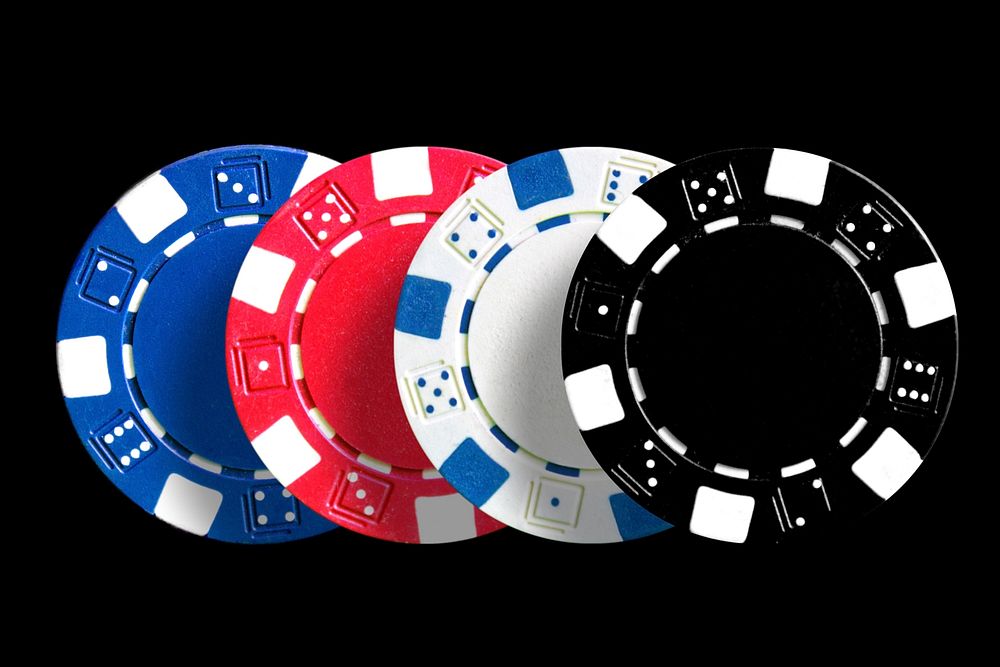
The beauty of Texas Holdem is its low-skill floor and enormous skill ceiling. The game’s basic mechanics are straightforward, but you can spend your whole life learning more advanced strategies. Even the best poker pros aren’t infallible; they don’t know the perfect move in every situation.
Take, for example, continuation betting. Every intermediate poker player knows this technique and how powerful it is. However, many people don’t know how strong double-barreling, a very similar technique, can be. This poker guide will explain what double-barreling is in Holdem and why you should implement this technique.

Photo by Unsplash
What is double-barreling?
Every good poker player knows about the continuation bet. You bet aggressively pre-flop, then again on the flop to “continue” this aggression to the next round. The continuation bet is a potent technique that can often single-handedly win pots, meaning it’s one of the essential tools in a player’s repertoire.
Double-barreling is simply betting again, this time on the turn. If your first continuation bet is called, you can “fire a second barrel” and try to make another bet on the turn. While it does sound risky – and it is – the double-barrel can be an incredible tool to complement your continuation bets.
Double-barreling advantages: Bluffing/Semi-bluffing
The primary use of a double barrel is to commit to a bluff. The continuation bet’s popularity means that some players will call continuation bets more frequently than other bets since they expect a bluff.
Double-barreling is a lot less common, so it’s less likely people will anticipate it. It can also catch your opponent off-guard, as few expect someone to commit to a bluff over two separate rounds. Finally, the double-barrel bluff can capitalize on players giving up after a missed draw on the turn.
Semi-bluffing is also a strong use of double-barreling. The semi-bluff is a bluff made with a drawing hand, allowing you to hit your draw as a backup plan in case your opponent calls the bluff. Semi-bluffs naturally complement double-barreling, as your opponent will unlikely expect a bluff on a wet board. You also have the chance of hitting the draw on the river.

Photo by Rawpixel
Double-barreling advantages: Crushing floaters
Since continuation betting is one of the most used techniques in poker, counter-strategies have naturally developed. One of the most popular ones is floating, where you call with a weak hand on the flop, trying to win on later rounds through the showdown or a bluff on the turn/river.
Double-barreling shuts this strategy completely, especially if they were planning to bluff. Players float because they think they can get away with a bluff or the continuation bettor has a weak hand. By double-barreling, you make them think twice about their floating and can often get them to fold outright.
When to double-barrel: A good turn card
One of the best signals for you to double-barrel is a “scare card” on the turn. This kind of card puts fear in your opponent, as it massively benefits you and disadvantages them. Scare cards are usually high-ranked overcards, which means they’re higher than all of the flop cards. Let’s dive into why exactly these cards are so scary.
Take, for example, a flop of T-3-7. This flop isn’t exactly the best for you as the pre-flop aggressor. Most of the cards are low-ranked, meaning they’re outside your range, as you’d only be aggressive pre-flop with high-ranked cards like aces or kings. The board being rough for you means your opponent may choose to call your continuation bet with a hand like a top or middle pair.
Now, imagine if the turn brought an ace. This changes the dynamic of the hand a lot, and your opponent will recognize that. This ace could have potentially connected with your hand, giving you top pair and a stronger hand than your opponent’s. Now would be the perfect time to double-barrel, as even if you didn’t actually have an ace, your opponent is likely just to fold to save their chips.
Balance your double-barrel ranges
When double-barreling, balancing your range is essential. What this means is playing an equal number of value bets and bluffs. Double-barrels work great for either of those, so you don’t want to only double-barrel with one kind of hand.
It’s a risky technique that forces you to invest a lot of money, so the last thing you want is to become predictable. Once someone catches you on double-barrel with a premium hand, for example, they’ll just fold more frequently to deny you any value.
With a balanced range, it’s incredibly difficult for your opponent to deal with your double-barrels. Bluff-catching hands become a lot harder to play, and your opponent even has to consider the chance of a third barrel on the river.
Why your double-barrels don’t work out: Poor continuation bets
If you’ve tried double-barreling a couple of times before, you may wonder why they don’t seem to work out. Sometimes, it feels like your opponent knows exactly what you want and simply does the opposite.
If you don’t know the problem with your double-barrels, it might not even be with the double-barrels themselves. Remember, double-barreling is an extension of the continuation bet, so you might just be making bad continuation bets.
You need to have a clear idea of why you’re continuation-betting, like “I want to continuation-bet the flop as a bluff and double-barrel if they call since I know my opponent likes to play tight,” and execute it well.
There are a lot of continuation bet guides out there, so you can take a look at them if you’re feeling stumped.

Photo by Rawpixel
Practice double-barreling in your games today!
We hope this guide taught you a lot about this critical element of poker strategy. Double-barreling is a risky technique that takes a lot of practice to execute properly, so you might want to consider moving down from your regular stakes for a bit to get the hang of double-barreling.
 Skip to content
Skip to content





